Navigating the sea from space with innovative technologies
Friday, 18 November 2022 09:45
Shipping is the most energy efficient form of transport, and more than 80% of goods traded globally are carried via the oceans, with a doubling in volume during the last quarter of a century. Recognising the global need for seamless maritime navigation, ESA’s Navigation Innovation and Support Programme, NAVISP – inventing the future of navigation with more than 200 R&D projects initiated to date – is therefore focused not only on the land but also the sea.
Bringing Mars rock samples back to Earth
Friday, 18 November 2022 09:07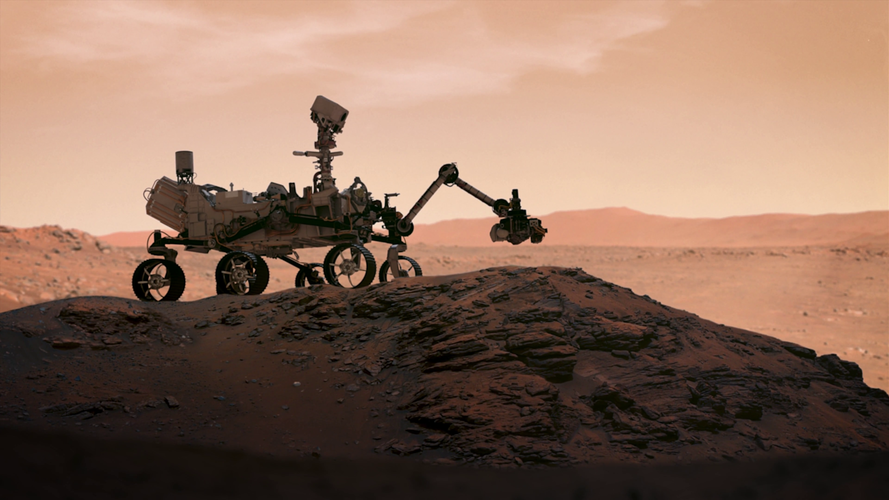 Video:
00:01:46
Video:
00:01:46
Short animation featuring key moments of the Mars Sample Return campaign: from landing on Mars and securing the sample tubes to launching them off the surface and ferrying them back to Earth.
NASA and the European Space Agency (ESA) are developing plans for one of the most ambitious campaigns ever attempted in space: bringing the first samples of Mars material safely back to Earth for detailed study. European scientists are part of an international team giving advice on what samples to choose for return and the best analysis methods to use once they land on Earth.
The diverse
How Webb's NIRSpec instrument opened up 200 windows to our origins
Friday, 18 November 2022 09:00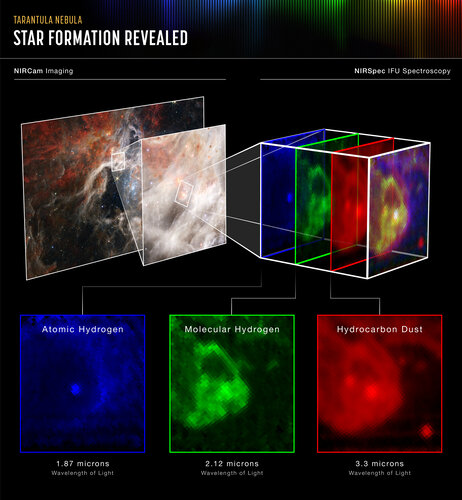
Astronomy is driven by big questions, and they don’t come much bigger than wondering how the first stars and galaxies began to form – eventually giving rise to our own existence.
NASA calls test of inflatable heat shield a success
Friday, 18 November 2022 08:51
A NASA demonstration of an inflatable heat shield showed the technology worked and can be scaled up for missions on Earth and Mars, project leaders said Nov. 17.
The post NASA calls test of inflatable heat shield a success appeared first on SpaceNews.
Skyrora working towards 2023 orbital launch after suborbital failure
Friday, 18 November 2022 08:46
Scotland-based launch startup Skyrora are focused on making a first orbital launch attempt late next year, building on experience from a suborbital attempt in Iceland.
The post Skyrora working towards 2023 orbital launch after suborbital failure appeared first on SpaceNews.
First ignition for ESA’s low-cost, reusable rocket engine
Friday, 18 November 2022 08:45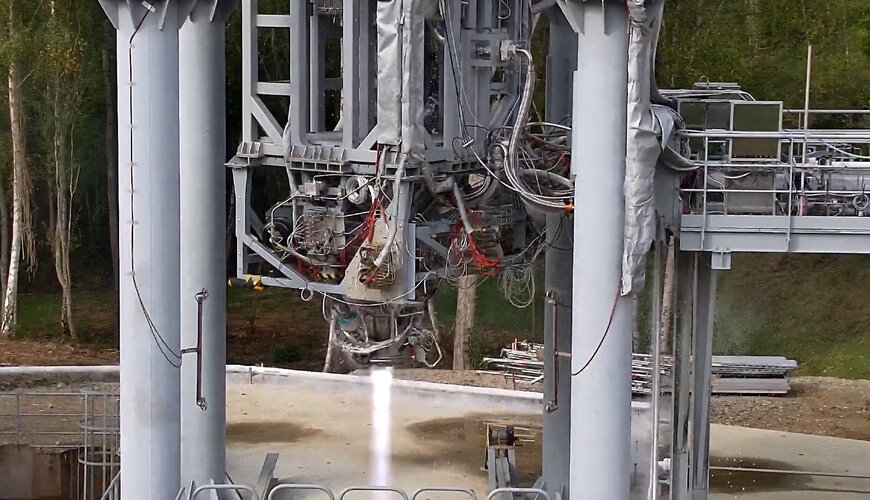
With first ignition, ESA’s reusable, next-generation Prometheus rocket engine development project has taken a step toward hot fire testing. Ongoing work at prime contractor ArianeGroup’s facilities in Vernon, France is being carried out using the Themis reusable stage demonstrator as a test bed.
The 100-ton thrust class Prometheus features extensive use of new materials and manufacturing techniques designed to reduce its cost to just a tenth of Ariane 5’s Vulcain 2, an upgraded version of which – Vulcain 2.1 – powers the core stage of Ariane 6.
Earth from Space: Sharm El-Sheikh, Egypt
Friday, 18 November 2022 08:00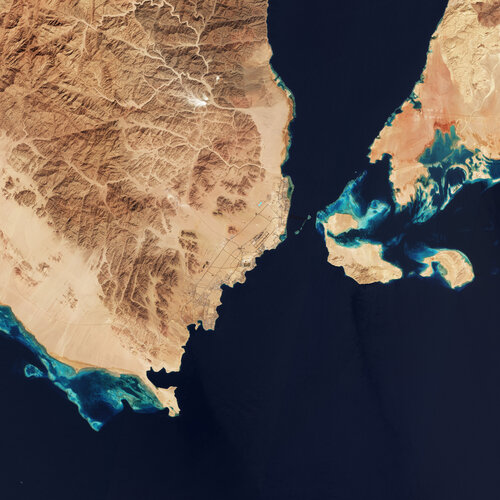
World leaders, policymakers and delegates from nearly 200 countries have convened in Sharm El-Sheikh over the past two weeks at the COP27 UN Climate Summit. Today we take a closer look at the Egyptian city through the eyes of Copernicus Sentinel-2.
Tory Bruno: DoD should ‘block buy’ heavy launch services as supply is tight
Thursday, 17 November 2022 22:49
United Launch Alliance CEO Tory Bruno is advising the U.S. Space Force to preemptively buy heavy launch services as rockets could be in short supply over the next several years.
The post Tory Bruno: DoD should ‘block buy’ heavy launch services as supply is tight appeared first on SpaceNews.
Scroll through the universe with a new interactive map
Thursday, 17 November 2022 20:55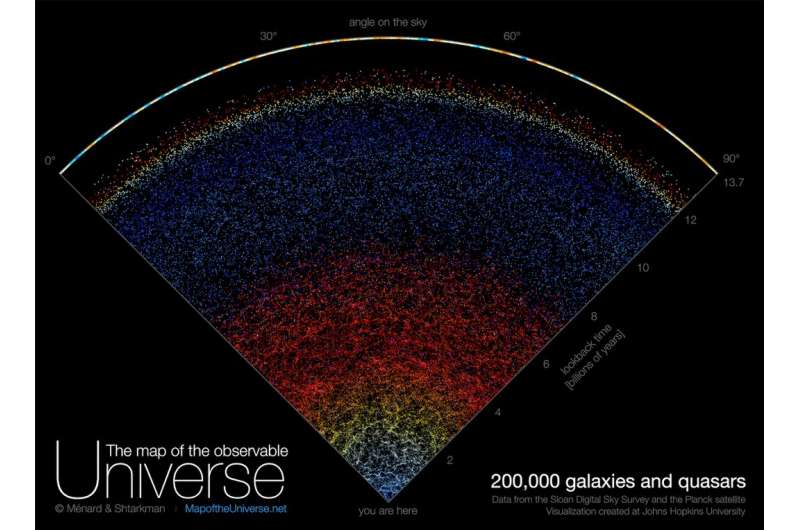
A new map of the universe displays for the first time the span of the entire known cosmos with pinpoint accuracy and sweeping beauty.
Created by Johns Hopkins University astronomers with data mined over two decades by the Sloan Digital Sky Survey, the map allows the public to experience data previously only accessible to scientists.
The interactive map, which depicts the actual position and real colors of 200,000 galaxies, is available online, where it can also be downloaded for free.
"Growing up I was very inspired by astronomy pictures, stars, nebulae and galaxies, and now it's our time to create a new type of picture to inspire people," says map creator Brice Ménard, a professor at Johns Hopkins.
"Astrophysicists around the world have been analyzing this data for years, leading to thousands of scientific papers and discoveries. But nobody took the time to create a map that is beautiful, scientifically accurate, and accessible to people who are not scientists.
Fired SpaceX employees accuse company of violating labor law
Thursday, 17 November 2022 20:54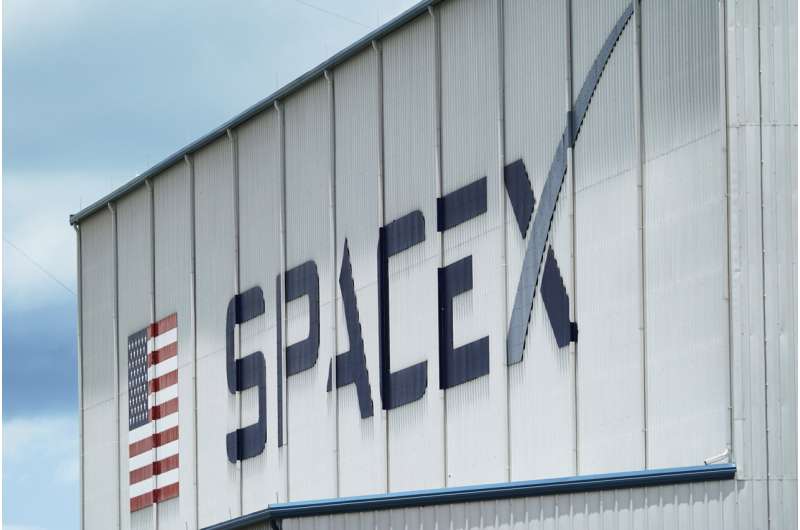
Boeing reorganizes defense unit, Kay Sears to lead space and launch business
Thursday, 17 November 2022 19:24
Boeing is reorganizing its defense and space business, a sector of the company that last month reported nearly $3 billion in losses in the third quarter.
The post Boeing reorganizes defense unit, Kay Sears to lead space and launch business appeared first on SpaceNews.
Where should we impact an asteroid to effectively deflect its orbit?
Thursday, 17 November 2022 18:52
Recently, NASA's Double Asteroid Redirection Test (DART) spacecraft crashed into a 170 m asteroid Dimorphos at 6.6 km/s, as the first on-orbit demonstration of deflecting an asteroid by kinetic impact. The DART spacecraft was set to impact the center of Dimorphos nearly head-on. Earth-based telescopes have now confirmed that impact successfully changed Dimorphos' orbit period by 32 minutes, much more than expected.
But, where should we impact an asteroid to most effectively deflect its orbit? Simply towards the center of the asteroid? These questions have yet to be well investigated.
In a new paper published in the Journal of Guidance, Control, and Dynamics, researchers of Tsinghua University proposed an optimal kinetic-impact geometry to improve the effective magnitude of kinetic-impact deflection, which should promote our understanding of how to make full use of a kinetic impactor and get best results.
What would asteroid mining do to the world's economy?
Thursday, 17 November 2022 17:16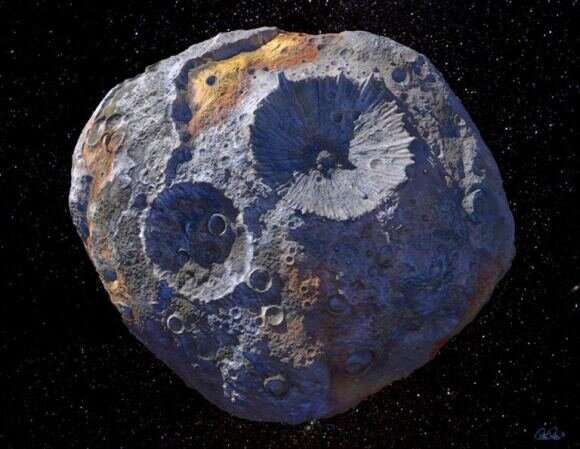
About a decade ago, the prospect of "asteroid mining" saw a massive surge in interest. This was due largely to the rise of the commercial space sector and the belief that harvesting resources from space would soon become a reality. What had been the stuff of science fiction and futurist predictions was now being talked about seriously in the business sector, with many claiming that the future of resource exploitation and manufacturing lay in space. Since then, there's been a bit of a cooling off as these hopes failed to materialize in the expected timeframe.
Nevertheless, there is little doubt that a human presence in space will entail harvesting resources from Near Earth Asteroids (NEAs) and beyond. In a recent paper, a team of researchers from the University of Nottingham in Ningbo, China, examined the potential impact of asteroid mining on the global economy.
UFOs are no laughing matter for us: Behind the scenes of France's real life 'Ovni' hunters
Thursday, 17 November 2022 17:14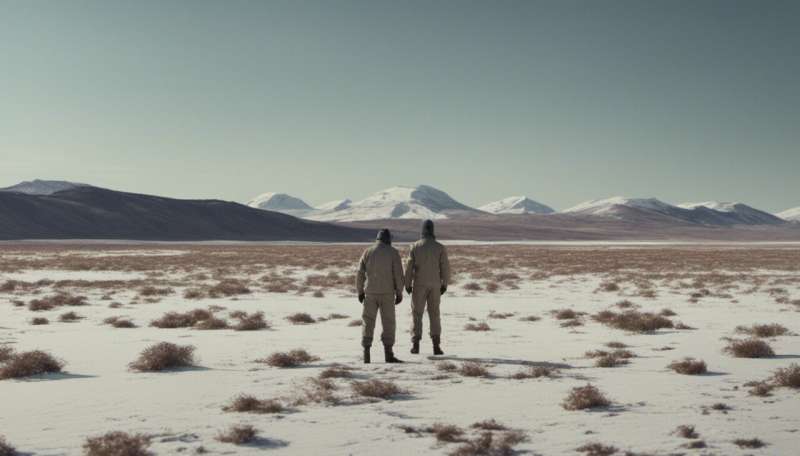
In France, the Study and Information Group on Unidentified Aerospace Phenomena (GEIPAN), has been investigating unidentified aerial phenomena (UAPs)—more commonly known as UFOs—for the past 45 years. Attached to the National Centre for Space Studies (CNES), GEIPAN has been invited by NASA to present its activities and working methods before a newly established independent team that will study data and set up methods to analyze unusual phenomena observed in the sky.
Set up in 1977, GEIPAN is a team of four experts tasked with gathering witness accounts, conducting surveys, publishing studies, managing computer systems and overseeing the organization's operations. A technical department at CNES, it relies on outside personnel, expertise and talent, liaising with numerous investigators, experts and institutions, including France's Air Force, National Gendarmerie and Police Force, the Directorate General for Civil Aviation, the National Centre for Scientific Research (CNRS) and the weather service Météo-France.
Artemis 1 is off—and we're a step closer to using moon dirt for construction in space
Thursday, 17 November 2022 17:00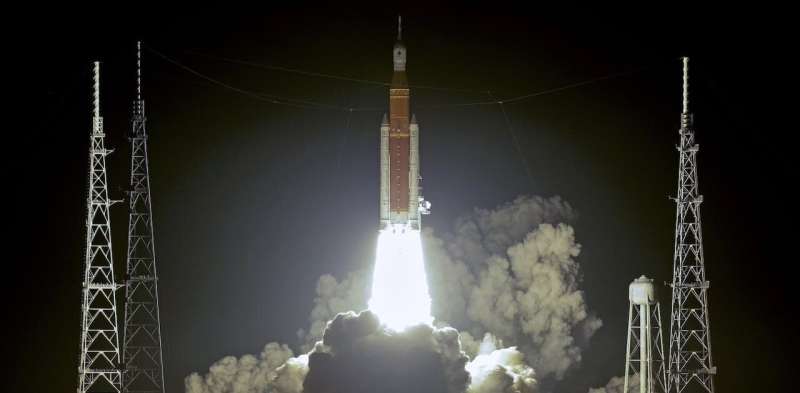
NASA has just launched its first rocket in the Artemis program, which will, among other things, take scientific experiments to produce metal on the moon.
In recent years, a number of businesses and organizations have ramped up efforts to establish technologies on the moon. But doing work in space is expensive. Sending just one kilogram of material to the moon can cost US$1.2 million (A$1.89 million).
What if we could save money by using the resources that are already there? This process is called in-situ resource utilization, and it's exactly what astrometallurgy researchers are trying to achieve.
Why the moon?
The moon has amazing potential for future space exploration. Its gravity is only one-sixth as strong as Earth's, which makes it much easier to fly things from the moon to Earth's orbit than to fly them direct from Earth! And in an industry where every kilogram costs a fortune, the ability to save money is extremely attractive.
Although people have been looking at making oxygen and rocket fuel

